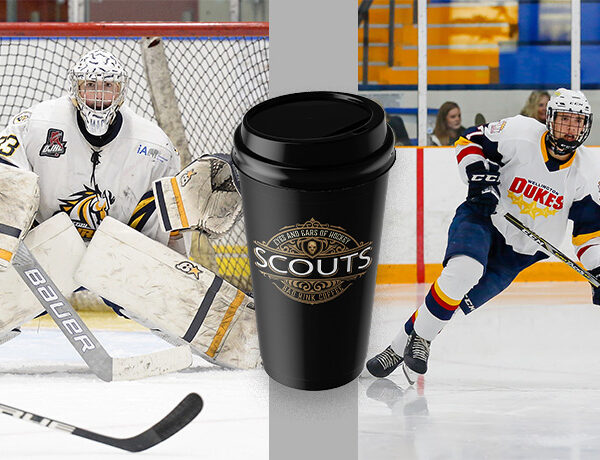In this series on amateur hockey scouting, we compiled responses from 20 different hockey scouts and coaches that scout representing NHL, OHL, CJHL and NCAA teams about their unique job. Many wished to remain anonymous, which we allowed in order to get more candid responses to our questions.
These hockey scouts come from varying backgrounds, ranging from former players — from the NHL, junior and college ranks — to former coaches, including some with limited hockey playing experience. Believe it or not, there is even a former referee. Some have been a hockey scout for over 30 years and others only a couple.
By PUCK CHASER
Hockey scouts have interesting perspective when it comes to debating the Canadian Hockey League or an NCAA school and possible scholarship as the route to go.
Traditionally the best players in the world are choosing the CHL route, but that is definitely changing.
Over 30% of the NHL is coming from the NCAA now. A majority of those players are American but we are starting to see some elite Canadian prospects make that decision to play NCAA hockey.
Cale Makar and Alex Newhook are the most notable players to play NCAA hockey recently.
“Some NHL scouts have confided to me that they think the NCAA is now the best amateur league in the world,” said one NCAA coach. “Most of that has to do with the number of older players in the league, but also the influx of high end talent deciding to go that route.
“If an 18 year old can thrive in that NCAA environment, there is a very good chance he will translate to pro very well.”
Most of that discussion surrounds the speed of the NCAA game. The older, more mature players create a very pro style compared to CHL, which is composed of 16-to-20-year-old players.
A former NHL coach said, “Both are wonderful options. Traditionally, the NCAA was for the so-called “late bloomers” while the CHL tended to cater towards the higher end, instant impact players.
“This thinking has changed for the better as both routes cater to all types of players. It is largely based on a players interest, opportunity and finding the ideal situation for the player and the person.”
Both leagues are heavily scouted. The one major difference is that as a young Canadian player you cannot play in the CHL before choosing the NCAA route. This forces players to play in the CJHL or the USHL before attending school.
Although the CJHL and USHL are scouted, players are often undervalued and taken in later in the draft.
“It is true, we see players either slide down in the draft or get taken in their second year of eligibility because they chose the NCAA path versus the CHL path,” said one scout.
Many scouts confirmed these thoughts as they found it more difficult to compare a player playing in those Tier 2 junior leagues.
There are more intangibles at play and it’s difficult to compare players from one league to another, not to mention that there are fewer views of these players in these leagues.
“This possibility of being drafted later than expected is one aspect Canadian players must realize when they choose this route,” said one scout. “The upside for these Canadian NCAA players is that they end up getting a little more time to develop and often get second chances through free agency.”
The scout went on to say, “NHL teams like taking NCAA players — especially middle rounds — as they are investments that they do not have to spend money on as soon as compared to a CHL player.
“When you draft a CHL player, decisions on signing that player need to be made much sooner.”
Amateur Hockey Scouting
Good communication within an organization can make it easier for a hockey scout to spot specific skills a team is looking for in a player.
Team Canada member and three-time Olympian Gillian Apps shares her reasons for choosing to attend university in the United States.
Hockey scouts discuss the differences between the Canadian Hockey League and NCAA as options for young Canadian hockey players.
Hockey scouts look for negative attributes such as body language and questions about a player’s character when evaluating talent.
There are several factors a young player must look at when selecting a hockey agent according to Panthers Assistant GM Brett Peterson
Hockey scouts preach patience when it comes to giving advice to hockey parents and stress that players all develop at different rates.
After a non-season because of COVID, there will be a lot of guesswork in the OHL Draft which is also creating more opportunities for players.
Prepskills will be holding its annual U.S. College Expo to help explain educational requirements for hockey players attending U.S. colleges.
There are several hockey showcase events for U16 players in Ontario but the best way to get noticed at any age is consistent, high-level play.










